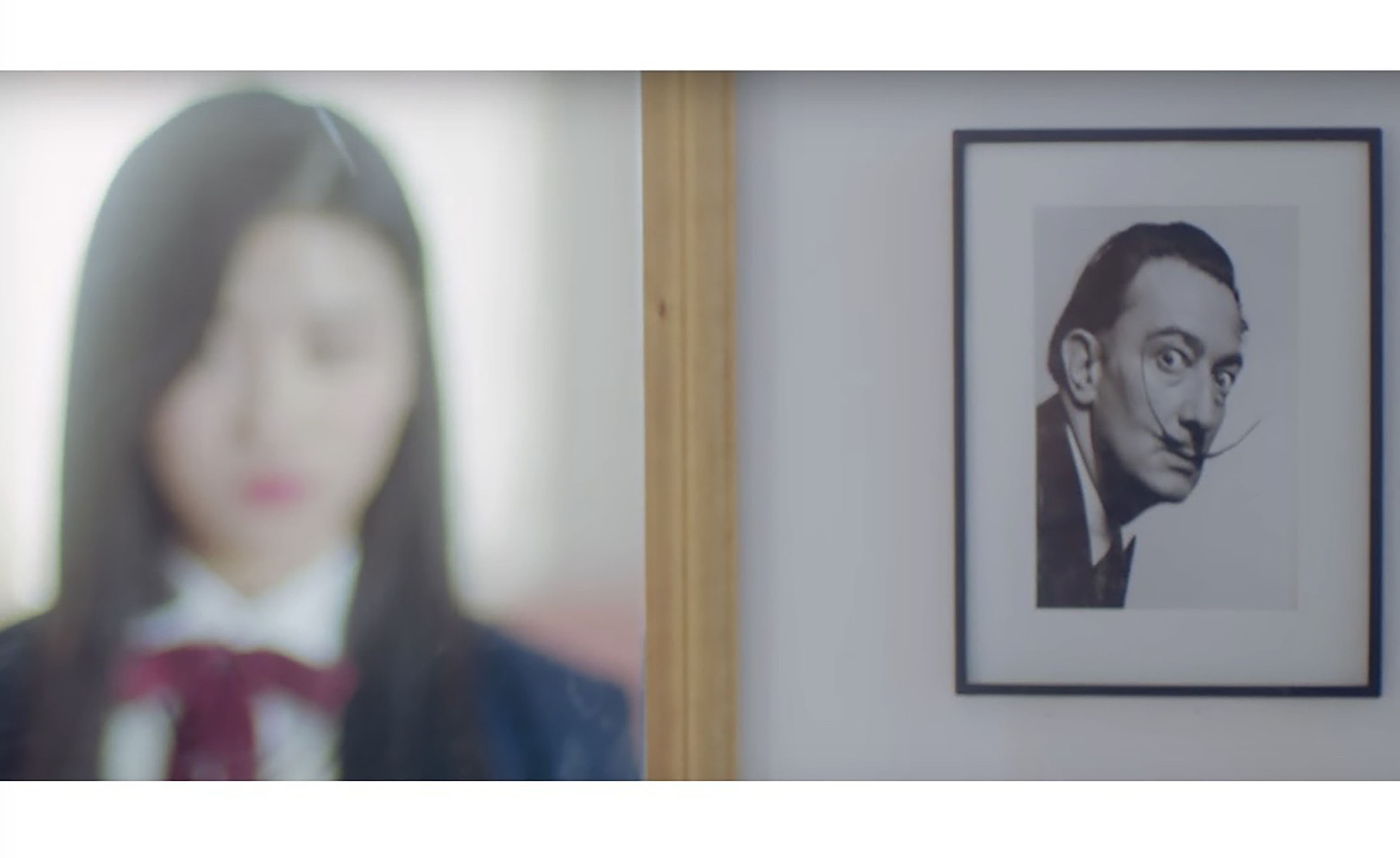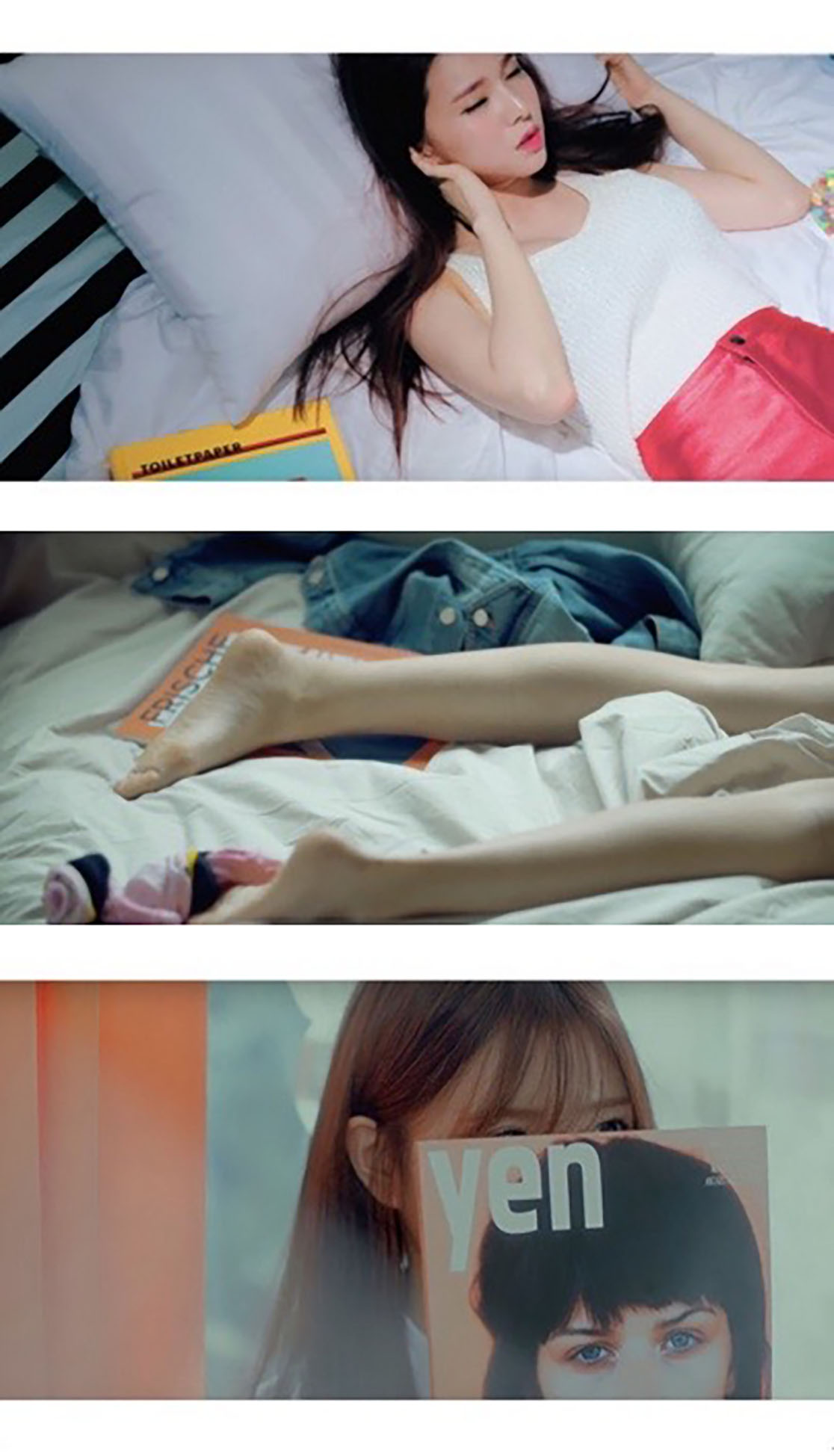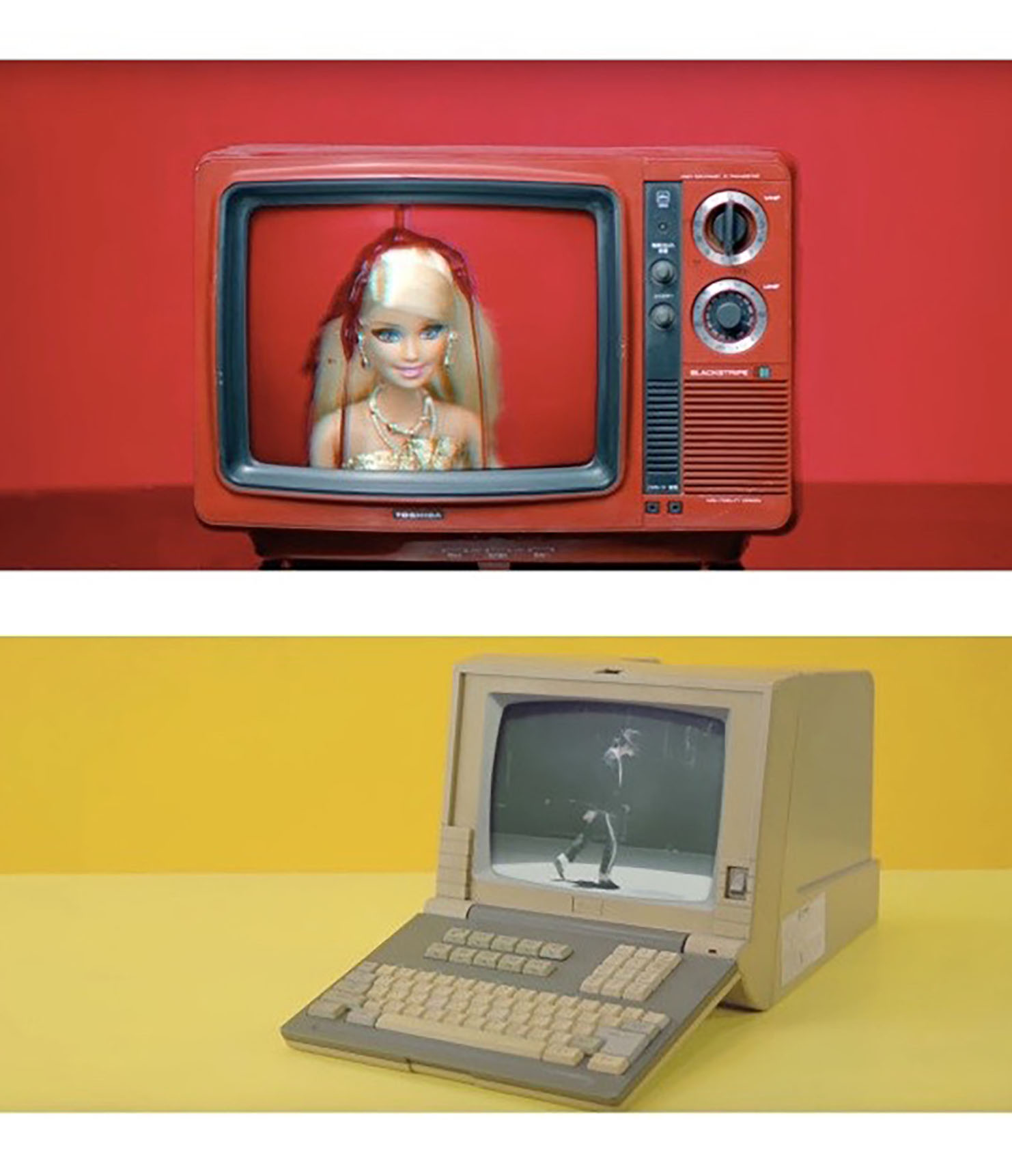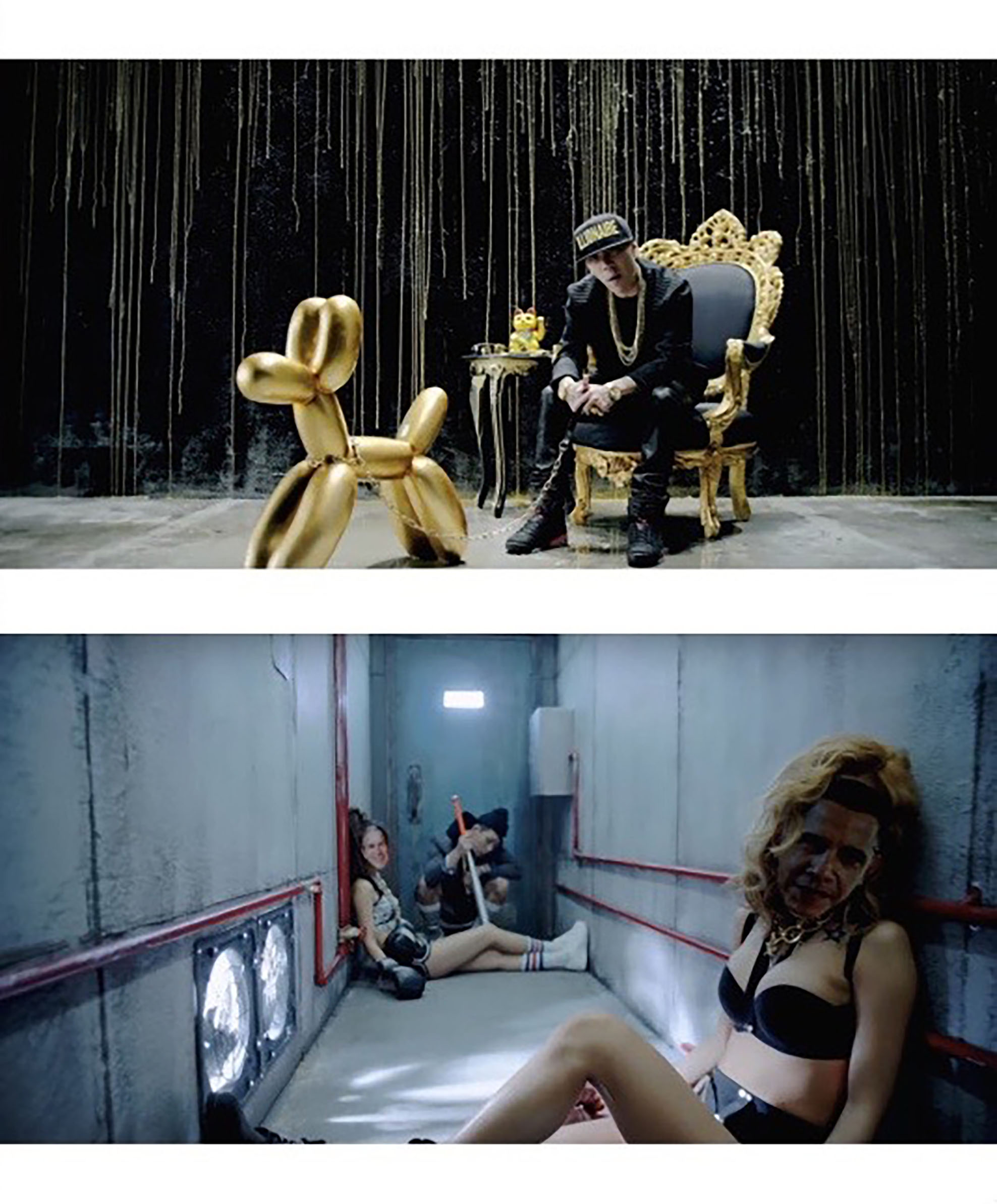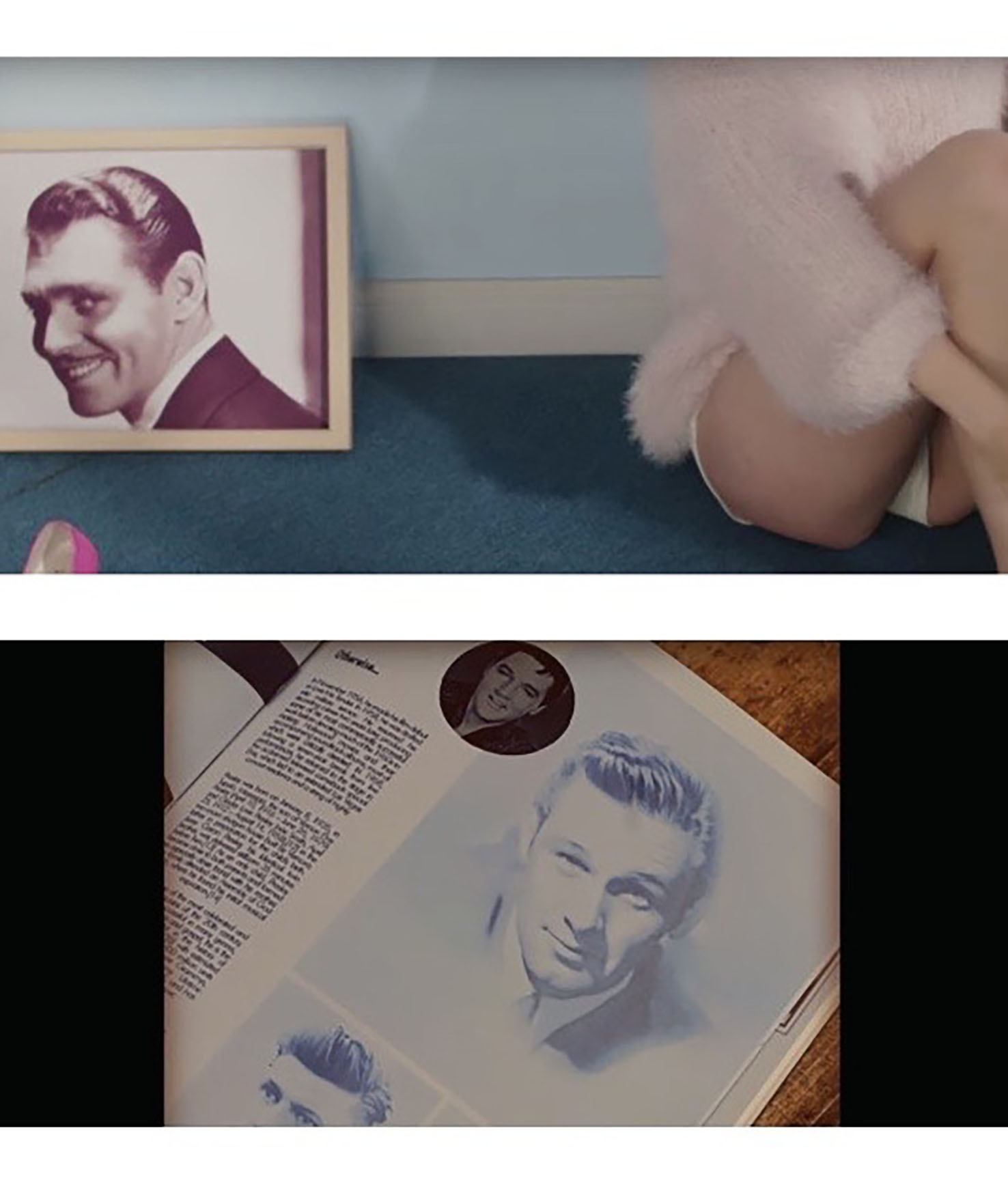We all know who Digipedi are by now, as they’re almost as popular as the mass-production team ZanyBros in the Korean music industry. We also assume we can easily recognize their work via their Wes Anderson-esque filters and pastel pink/blue saturation. But while I was researching their innocent (italics), voyeuristic angles and their apparent fetish for legs — for certain groups like EXID, Lovelyz, FIESTAR, and STELLAR — I noticed something I wouldn’t expect from a K-pop music video: an art magazine named ‘Toilet Paper‘ next to Jei’s armpit in FIESTAR’s “One More Time” music video.
Toilet Paper is by Italian artist Maurizio Cattelan (know for his satirical pop art), and once you look at his website and get feel of what he does, you begin to discover that we’ve been mistaken about Digipedi’s supposed Wes Anderson influences. Because while Digipedi’s work resembles Anderson’s on some level and also features other art magazines as influential, it’s clear that Toilet Paper Magazine and pop art are truly what have shaped Digipedi’s aesthetic.
Once I realized the actual source of Digipedi’s inspiration, I went through all of the music videos they’ve created from 2014 until now in search of American pop culture references, and to minimal surprise, there’s actually been quite a lot of it.
But wait, what is Pop Art, right? Pop Art is a movement that was created to reject the high-brow elitist culture in art and use the low-brow popular culture instead, usually ironically. Since it used culture associated with mass media, it also used a lot of stars from Hollywood, comic-book stylings, political figures, flags and patriotism, and … cans of soup. As you know, Korean art (and Korea, in general) has been under the influence of America for a while now, and thus the connection between Cattelan and Digipedi makes even more sense from that perspective.
Digipedi generally has their music videos crammed to the brim with pop art references, which works due to the style’s favor for repetition. And by using the images or works out of context and rendering them pointless through seemingly random deployment like Digipedi, they seek to reclaim the project from the original intention and use it for their own means instead. In regards to the Hallyu Wave, for example, Western audiences can identify the images and works they pepper around the music videos and feel like what they’re watching is more comfortable and cohesive as a result, like it’s a part of our world even though in reality it’s quite literally foreign.
 Asian Junkie Asian pop. Without discretion.
Asian Junkie Asian pop. Without discretion.
